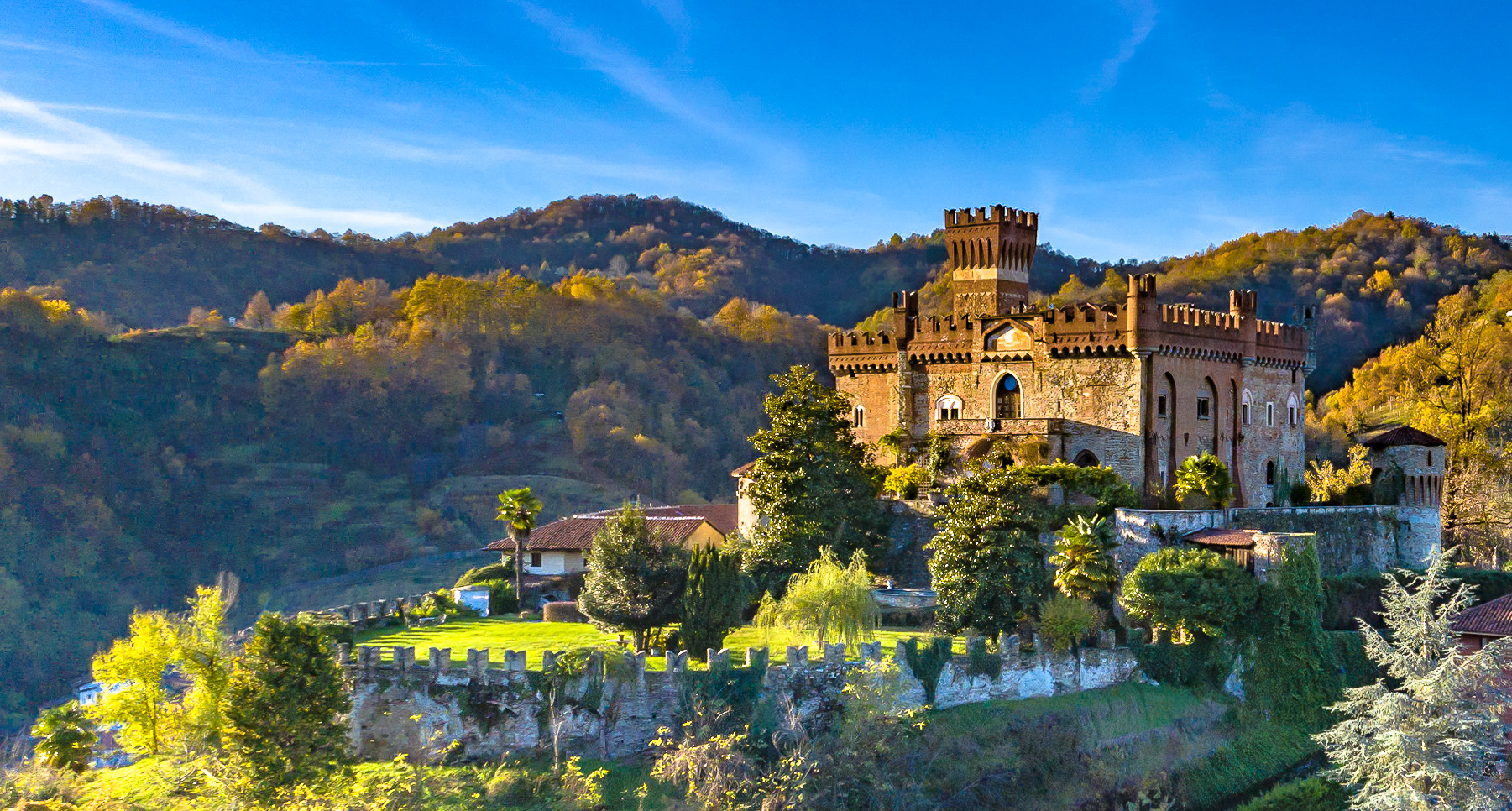In the heart of the Bronda valley, five kilometers far from Saluzzo, there is Castellar, a small village immersed in the green quiet of orchards and vineyards, at the foot of a rocky spur dominated by an ancient castle, from which the village takes its name.
Autonomous municipality until 2018, from the following year it became part of the Municipality of Saluzzo. Its approximately 300 inhabitants are represented by a Municipal Council and a Prosindaco.
The origins of the town date back to the Longobard era, when the monks of the powerful but distant abbey of Bobbio operated throughout the Bronda valley and then, starting in the 8th century, to the closer abbey of Pagno.
Castellar was later the chief town of a feud belonging to the Lords of Morozzo, which also included the nearby villages of Pagno and Brondello, and which became a strategic outpost for the defense of the emerging Marquisate of Saluzzo from Saracen raids coming from the nearby Alpine passes.
The first official mention of Castellar hamlet dates back to an act transcribed in 1138 at a fortification known as Morra di Castellar, in which Giacomo da Brondello, with the approval of the Marquis of Saluzzo Manfredo I, donated part of the feud to the Cistercian monks of the nearby abbey of Santa Maria di Staffarda.
In 1270 the hill of Castellar (or Castellaro) was equipped with the current stronghold by Marquis Tommaso I, as part of a series of interventions on the territory aimed at strengthening and improving the defensive apparatus of the small marquisate. Later on, the castle of the stronghold of Castellar became the designated residence of the counts of Castellar di Saluzzo, a collateral branch of the counts of Saluzzo di Paesana.
The feud of Castellar declined at the same time as the Marquisate decayed; internal struggles tore the small state apart and it fell into a deep crisis and was finally annexed to the Duchy of Savoy with the Treaty of Lyon in 1601.
In spite of its small dimensions, the village still preserves splendid traces of its long history. Worthy of note is certainly the chapel of San Ponzio, whose oldest part, the apse, dates back to the thirteenth century. Interesting are also the parish church, dedicated to the Immaculate Conception of Mary, dating back to 1725, and of course the castle, renovated several times over the years, which dominates the town. Of great historical interest is also the castle of the Morra, today privately owned, built in the 12th century by the Cistercian monks of Staffarda Abbey.
The industriousness of the population and the particular micro-climate have made Castellar a treasure chest of excellence to be tasted, today protected by specific consortia of producers: the ramassin (small plums) and the apples of the Bronda valley and the wine of the Colline Saluzzesi.
Castellar are also an excellent base for outdoor activities.
The “Oasi degli spaventapasseri” (Scarecrow Oasis) located near the parish church offers a green picnic and barbecue area, a grass soccer field with free access and a space equipped for camper parking.
Nearby there are many hiking and biking trails suitable to meet different needs: from simple trips with children to challenging hilly routes. Do not miss, in the first two Sundays of May, the “feast of scarecrows” during which the village comes alive with hundreds of puppets placed in the streets and gardens, all accompanied by music and shows for everyone, with an eye to the smallest.




